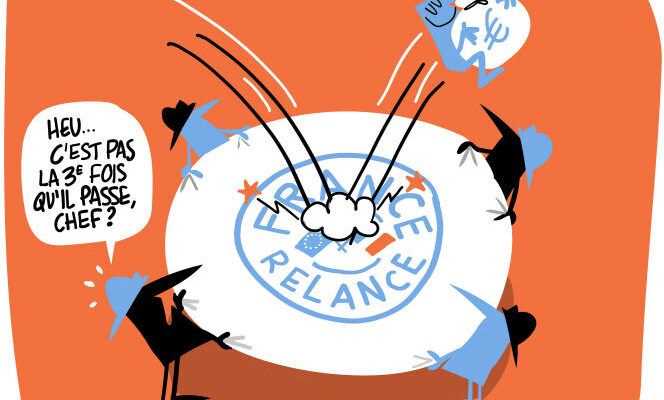A little over a year ago, the Minister of the Economy, Bruno Le Maire, launched a new label called “Relance”, intended to be affixed to investment funds. Its objective: to encourage households that have accumulated savings during the health crisis to place them at the service of French companies, especially small and medium-sized ones. Ten funds were then labeled.
Since then, the Treasury has stamped relentlessly: 205 investment funds, from a little over 110 management companies, now display the label (figures as of November 2). A little more than half are accessible to non-professional investors, through a life insurance, a securities account, a share savings plan (PEA), a PEA-PME, an employee savings scheme or a plan. retirement savings.
“We wanted to reach 200 or 230 funds, so that the range of labeled investments contains sufficiently varied products, in particular in terms of risk and liquidity levels, so that all interested savers can find their way around. It’s done “, welcomes Paul-Simon Bénac, from the savings and financial markets office of the General Directorate of the Treasury. Sesame must continue to be allocated by the Treasury until the end of 2022, but at a slower pace. “Since the start of the school year, we have registered five or six new funds per month on average”, specifies Mr. Bénac.
A little over 22 billion euros
Does this label fulfill its mission? Does he encourage savers to mobilize their Covid fund for the French economy? The labeled funds showed, at the end of September, assets under management of 22.4 billion euros, according to the Treasury. But this does not yet specify the share collected since the labeling of these products, which, for many, were created long before the label.
What share is invested in French companies? According to Bercy, it is now 74%. And 58% more precisely in French SMEs and mid-sized companies (ETI, up to 4,999 employees). You should know that the label charter most often only requires a minimum of 30% equity investment in French companies, including 10% in national VSEs, SMEs or ETIs (or respectively 60% and 20% in certain cases).
In practice, although on average the labeled funds largely exceed these commitments for the moment, the percentages invested in France and in French very small and medium-sized enterprises / mid-caps vary greatly from one product to another, some going so far as to devote the all of their assets to French companies of modest sizes, others flowing capital in a much more diversified way, also intervening, and sometimes mainly, outside France and in large companies.
You have 62.37% of this article to read. The rest is for subscribers only.
